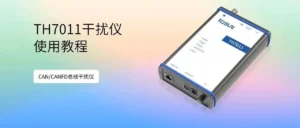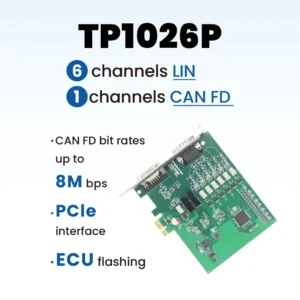Keywords: RP1210, ISO 15765, vehicle diagnostics
Table of Contents for this article
01、Products
1.1 Product overview
RP1210 is a standard protocol that defines a set of APIs (Application Programming Interfaces) for communicating with vehicle networks. These APIs allow software applications to interact with a variety of vehicle systems, including the engine, driveline, braking system, etc. The RP1210 standard was developed by the Truck and Bus Manufacturers Association of America (TMC) to simplify the process of vehicle diagnostics and maintenance by providing a uniform method of accessing vehicle data.
The RP1210 standard supports a variety of vehicle communication protocols, including CAN (Controller Area Network), ISO15765, and others. It also supports a variety of hardware interfaces such as USB, serial, and Ethernet for connectivity with different types of Vehicle Communication Adapters (VCIs).
Software applications that use the RP1210 standard can perform a variety of functions, such as reading and clearing fault codes, monitoring real-time data, performing diagnostic tests, and more. These functions are important for vehicle maintenance and troubleshooting to help ensure vehicle reliability and performance.
The standard version used for this product is RP1210C.
1.2 Typical applications
- fault diagnosis
- Real-time data monitoring
- Data recording and analysis
- Maintenance and commissioning
1.3 Functions and parameters
- Protocol support: Support for standard CAN and CAN (ISO 15765) makes it possible to communicate with a wide range of vehicle types and makes;
- Multi-Hardware Interface Compatibility: The RP1210 standard supports a wide range of hardware interfaces including USB, serial (RS-232), and wireless communication methods such as Bluetooth and Wi-Fi. This provides flexibility and allows compatibility with different Vehicle Communication Interface (VCI) devices;
- API standardization: The RP1210 defines a set of standard APIs that allow software applications to interact with the vehicle communication interface. These APIs cover a wide range of functions from establishing a connection, sending and receiving messages, to disconnecting;
- Security: As vehicle systems become more networked and intelligent, security becomes especially important. the RP1210 supports security mechanisms such as encrypted communication to secure data transmission;
- Diagnostic and Monitoring Functions: The RP1210 allows a variety of functions to be performed such as reading and clearing fault codes, monitoring live data, performing diagnostic tests, etc., which are critical for vehicle maintenance and troubleshooting;
- Data logging and analysis: The RP1210 can be used to continuously log vehicle operating data, which can be used for subsequent analysis and optimization to help improve vehicle performance and reduce maintenance costs;
- Expandability and Compatibility: The RP1210 is designed with future expandability in mind, supporting the addition of new protocols and features. It also focuses on backward compatibility to ensure that old and new systems work seamlessly together;
02, RP1210 Module Instructions

2.1 Refreshing device information (TOSUN CAN channel device)
Clicking on the "Refresh Device Information" button will retrieve information about the connected CAN hardware devices. (This step is required if you need to add/remove devices)
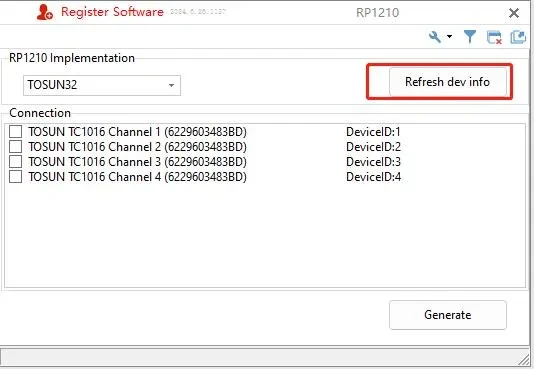
2.2 Selecting the device channel number
Select the desired device channel number to generate the configuration file in the subsequent step 2.3.
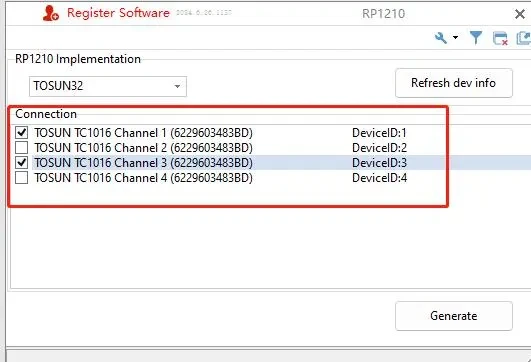
2.3 Generating configuration files
Click the "Generate File" button to write the selected channel number configuration parameters to the configuration file and generate it. If the user's computer does not have administrator privileges, it is necessary to enter the password for administrator privileges in the cmd command line tool; in other cases, it will work normally.
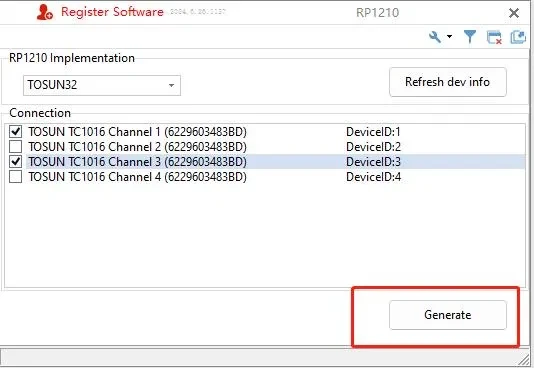

03. Software setup and use
3.1TSMaster Software Installation
Click on the software download link below to download and install it directly:
https://download.tosun.tech/TOSUNSoftware/TSMaster_Setup_beta.7z
If partners PC can not link to the network, you can contact with TOSUN sales staff or login to TOSUN official website to get the upper computer.
Software upgrades:
You can check for upgrades within the software provided your computer has an internet connection, and it is recommended that you download the beta version.
About Hardware Interface Functions
For specific function information about device connection, sending messages, reading messages and getting version-related information, you can contact the technical support partner of TOSUN to get the information.
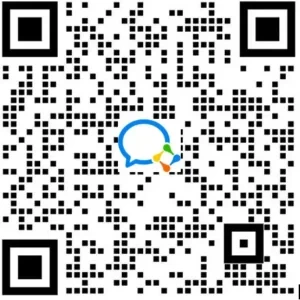
TOSUN Technical Support

